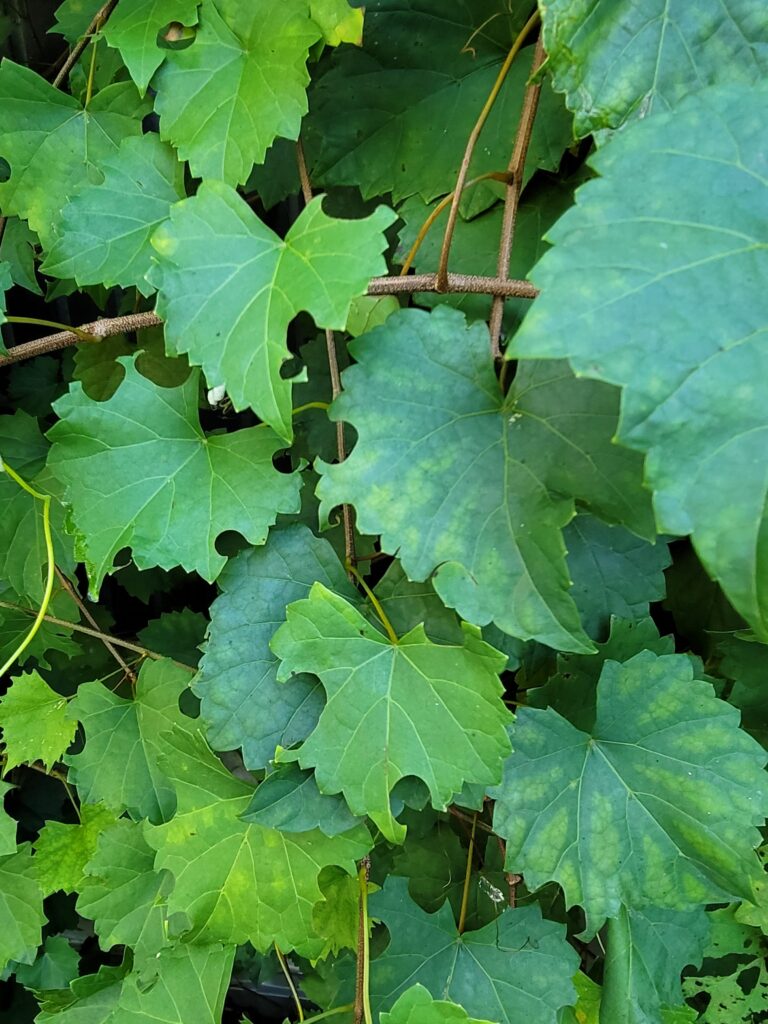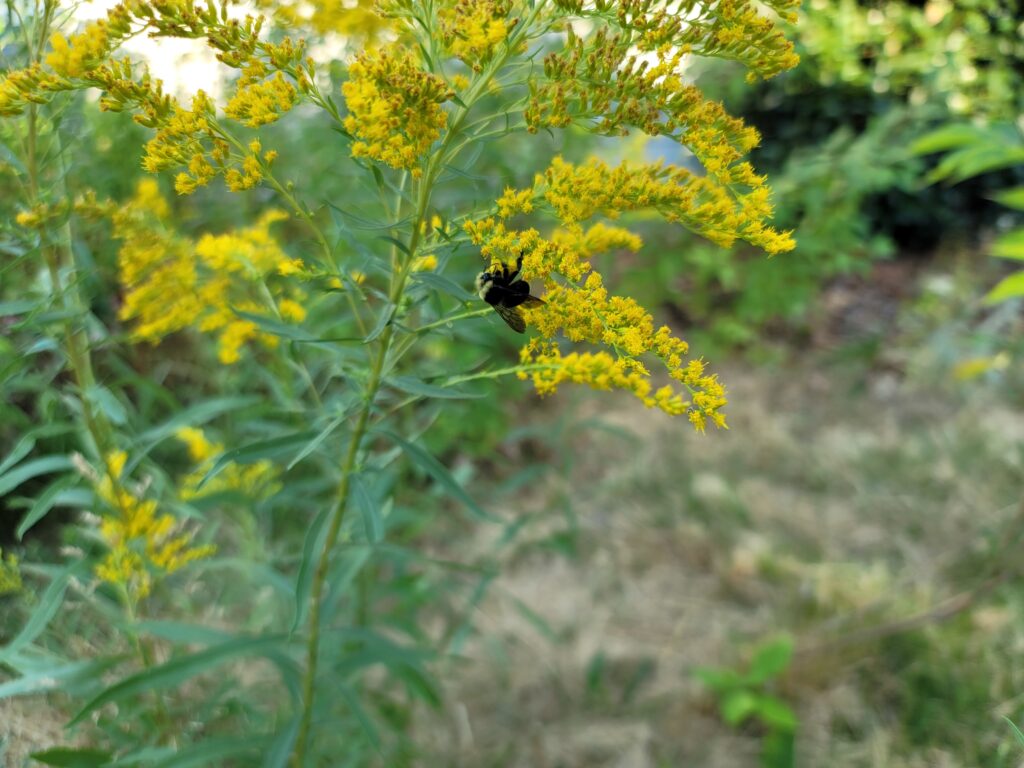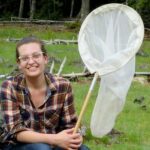Are you looking to reduce pest pressures without pesticides? Integrated pest management (IPM) is here to help! Prevention and monitoring is the key. Here are 12 tips to get started:
1. Know your pests. Can you tell the difference between a western conifer seed bug versus a brown marmorated stink bug? Do you know what pests are truly a problem versus those that are a part of a natural ecosystem? If there is a problem pest, learn its life cycle so you know where and when to look for issues.
2. Scout your plants regularly. Gathering baseline data will help you know when problems arise, and allow you to catch problems early. Don’t forget to turn over leaves to see who might be hiding beneath.
3. Wait…but set a threshold for action. If you see a few “bad” bugs you may not need to do anything to help. With a little time, predatory wasps, lacewings, or lady beetles may show up and have a meal. And a few aphids may not be a threat to an otherwise healthy plant. Some “pests” are just part of the ecosystem and are to be expected.
4. Tolerate aesthetic damage. Are there a few hole-punch-like circles cut out of your grapevine’s leaves? Leafcutter bees might be utilizing flower petals and leaves to line their nests. Are monarch caterpillars chowing down on your showy milkweed? Congratulations, you’ve created habitat!

5. Mulch, but give plants some breathing room around their base. A generous layer of chipped bark, leaves and wood can suppress weeds and retain water in the soil (but remember to leave some bare soil for your local ground-nesting bees!) Contact local arborists, especially after windstorms, to see if you can get a free delivery. Tipping is encouraged.

6. Change your watering habits. New plantings may need more water in the first few growing seasons, consider setting up some slow-release watering bags around newly-planted trees. Are you seeing powdery mildew on leaves? Try watering less, watering in the morning, or watering deeper and less frequently. Switching to drip irrigation can really help too. Check soil moisture before assuming it is time to water.
7. Do a soil test, then supplement and fertilize naturally. Healthy plants are more resilient to stressors like heat, pests and diseases.
8. Give your plants a hand: Manually remove pests, hand-pull weeds, and trim crowded branches (just be sure to sterilize those clippers to limit the spread of diseases and harmful fungi).

9. Increase plant diversity to attract more beneficial insects. Wasps, lacewings, beetles, spiders, dragonflies, lady beetles…these hungry neighbors would love to help you out. Give them the habitat they need by adding a variety of plant sizes, shapes and flower types.
10. Make some moves. Do you have a shade plant in direct sun? Is the drainage too slow for that purple coneflower? Consider relocating a struggling plant. Pick a cool day, perhaps in the fall or early spring, and water well before and after.
11. Replace non-native plants. If you are struggling to keep a non-native plant happy, consider replacing it with a similar-looking native plant. They may be more pest and disease resistant, drought tolerant, and climate adapted than a non-native cultivar. Native plants co-adapted or co-evolved with native pollinators, so you may find them to be a better fit in your habitat.
12. Take it easy. What native pollinator plants do you see thriving in your community? What plants are easy to propagate through cuttings, root dividing or seeds. If you are just starting out, focus on easy native plants that provide consistent floral resources throughout the growing season. Here are some of my favorites from my yard in the Pacific Northwest:
- Cuttings: willows, dogwoods, violets (spreads through above-ground shoots called stolons, easy to separate and replant)
- Seeds: clarkia, lacey phacelia
- Root dividing: goldenrods, asters

Further reading:
- Smarter Pest Management: Pollinator Protection for Cities and Campuses
- Habitat Planning for Beneficial Insects
- Beneficial Insects for Natural Pest Control: Flower Scouting
- Beneficial Insects for Natural Pest Control: Foliage Scouting
- Beneficial Insects for Natural Pest Control: Soil Scouting
- Blog: These Are My Most Trusted Native Plants For Restoration And Here’s Why
Author
 Laura Rost
Laura Rost
Bee City USA and Bee Campus USA Coordinator





